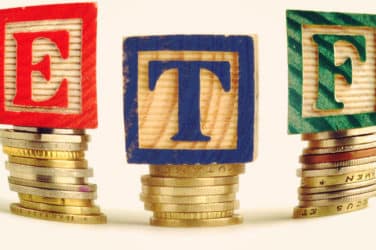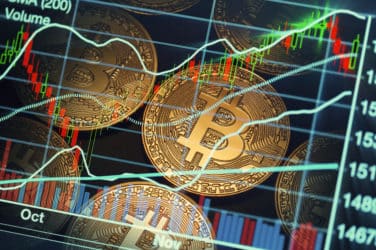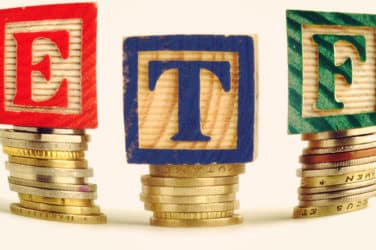So, why do investors choose certain exchange-traded funds over others?
Everyone admits that ETFs offer trading flexibility, transparency, tax efficiency and low cost, not to mention other advantages over other securities. But what does the buy-side favor the most?
Brown Brothers Harriman, in its latest year-end 2017 ETF Investor Survey, canvassed global ETF investors and found some interesting data points explaining how they decide which and what ETFs to buy. First, respondents ranked expense ratio as the #1 selection criteria, bolstering the case that ETFs offer low cost trading flexibility and transparency, especially when viewed against some of the underlying stock valuations. The firm we partnered with ETF.com to gauge sentiment of professional ETF investors in the US. It surveyed 360 financial investors, RIAs, and institutional investors to identify emerging trends in the ETF market.
And BBH noted that global assets invested in ETFs continued to reach new records in 2017, surpassing $4 trillion in ETP assets. The US, the custodian said, remains the largest ETF market, with assets totaling $3.25 trillion across more than 2,000 products.
A second interesting tidbit the global custodian found in its survey was that 42% of professional ETF investors said that tax efficiency is very important when selecting an ETF.
Respondents ranked expense ratio as the #1 criteria, bolstering the case that ETFs offer trading flexibility, transparency and tax efficiency at a low cost.
The survey covers a variety of other trends related to increasing/decreasing demand for specific products.BBH shared some of the report with Traders Magazine and here are some of the findings:
- Smart beta is a good cross-trainer. 65% of respondents view smart beta as a versatile, hybrid strategy between traditional passive and active management.
- Investors need a course (or two) in smart beta. Despite the increase in usage, about a third of respondents are simply not familiar with the smart beta product, suggesting further opportunities for ETF managers to promote education and product awareness.
- Expense ratio reigns supreme: ETFs are sought-out for their low expense ratios as 64% of respondents view expense ratios as the most important element when selecting ETFs. That’s not surprising, given 53% of respondents said their fiduciary obligation to clients was a key concern in their evaluation of the cost of investment products. 67% of advisors selected expense ratio as a very important factor when evaluating an actively managed fund.
- Most investors are waiting longer to add new ETFs to their portfolio. In a big uptick from 2016, 36% of advisors preferred to wait 1 to 3 years after launch before considering adding it to their portfolio.
- Multifactor ETFs receive a boost. Demand is up this year – 60% of respondents are currently using or most likely to use a multifactor strategy.
- Investors are coming around on Environmental, Social, and Governance (ESG) ETFs. This is a point of opportunity for ETF managers. 51% of advisors said ESG is at least somewhat important, up from 37% last year.
- Demand for active ETFs is on the rise. BBH saw a large shift this year in advisor’s outlook on active funds. 54% would use active ETFs for emerging markets and 45% for international exposure.
- Bond liquidity is a growing concern. 30% of advisors said they’re very concerned about liquidity. This continues to highlight the need for managers to educate advisors around ETF liquidity for both the ETF shares and underlying holdings.
- Third-party ETF models are on the rise. For advisors who outsource their asset allocation, third-party models were the most popular (37%). 17% are already leveraging robo-advisors





